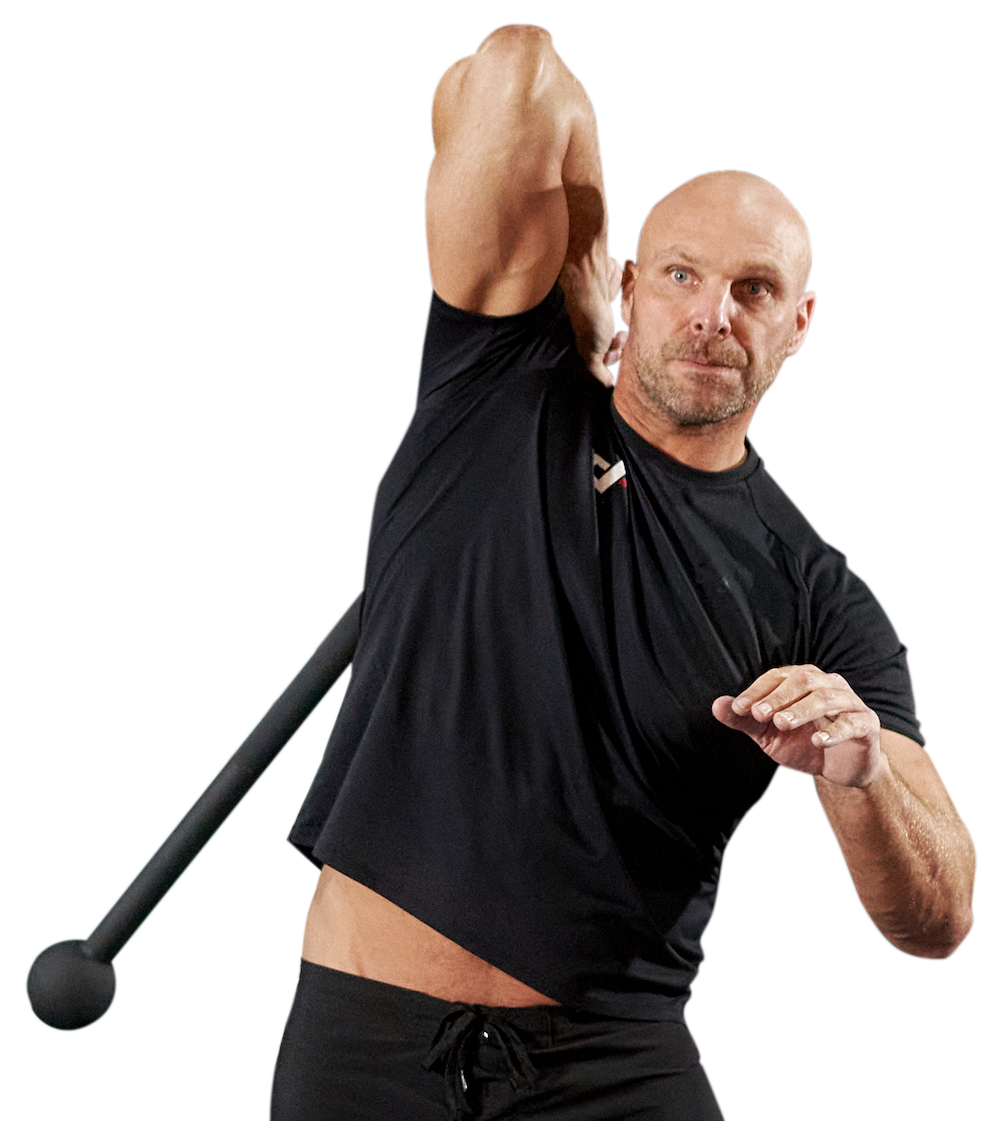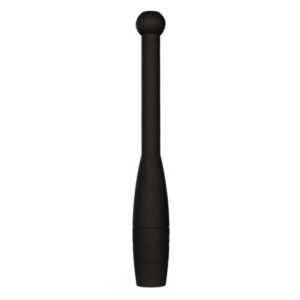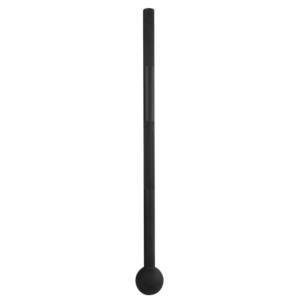
In the ever-evolving world of fitness and exercise, enthusiasts continually seek new and innovative ways to challenge their bodies and minds.
Steel mace training, a practice that combines ancient roots with contemporary fitness principles, has gained prominence in recent years.
This article explores the origins, benefits, training techniques, and resurgence of steel mace training, shedding light on how it has become a dynamic and effective fitness tool.
The steel mace, sometimes referred to simply as a mace, has its origins in ancient Persia and India, where it was used both as a weapon and a symbol of authority. Over time, it evolved from a tool of war into a training implement.
The Zurkhaneh, also known as the “House of Strength,” was a Persian training facility where warriors and athletes practiced with the steel mace among other traditional tools. These training methods focused on building strength, agility, and endurance.
A steel mace consists of a long metal shaft, typically made of steel or iron, with a spherical weight at one end. The weight, or “head,” can vary in size and weight, allowing for a range of training intensities.
The handle of the steel mace features a comfortable grip, allowing users to perform various exercises with control and precision.
1. Basic Swings and Strikes
Steel mace training often begins with basic swinging and striking exercises. These movements involve controlled swings, rotational exercises, and striking motions. They serve as an introduction to the mace’s unique dynamics.
As practitioners gain proficiency, they can progress to more complex exercises, such as 360-degree swings, 10-to-2 movements, and jousting lunges. These movements challenge stability, coordination, and strength.
Advanced practitioners may use two steel maces simultaneously, adding a new dimension of complexity to their workouts. Dual mace training enhances core engagement and coordination.
Flow workouts involve seamlessly transitioning between different steel mace movements, creating a continuous and fluid training routine that combines strength and mobility.
Steel mace training engages multiple muscle groups, particularly the shoulders, back, core, and arms. It is an effective way to build functional strength that translates into everyday activities and sports.
The asymmetrical nature of steel mace exercises requires constant core engagement for stability. This leads to improved core strength, balance, and posture.
Steel mace movements often involve dynamic stretching, which can improve joint mobility and flexibility. This can be particularly beneficial for individuals seeking to reduce stiffness and increase overall range of motion.
Steel mace training can elevate the heart rate, providing a cardiovascular workout in addition to strength and mobility benefits.
The precision and concentration required for steel mace training promote mental focus and mindfulness, providing a mental break from the stresses of daily life.
In recent years, steel mace training has gained popularity among fitness enthusiasts, athletes, and trainers. Its versatility and effectiveness in developing functional strength have attracted a diverse range of practitioners.
Contemporary fitness professionals have adapted steel mace training to suit modern fitness goals. Gyms and fitness centers offer classes and workshops that incorporate steel mace workouts into their programs.
The availability of online tutorials, communities, and resources has made steel mace training more accessible to individuals interested in exploring this dynamic fitness practice.
Beginners should start with a lighter steel mace to become familiar with the movements and techniques. As proficiency increases, individuals can gradually progress to heavier maces.
It’s crucial to prioritize proper form and technique to prevent injuries. Consider seeking guidance from a certified instructor or experienced practitioner to learn the fundamentals correctly.
Begin with basic movements and gradually incorporate more complex exercises as your strength and coordination improve. Focus on quality over quantity.
Always warm up before starting a steel mace workout, and include stretching and cool-down exercises to reduce the risk of injury and promote recovery.
Steel mace training is a testament to the enduring appeal of ancient fitness practices. Combining history, functionality, and modern adaptability, the steel mace has found its place in the arsenal of fitness enthusiasts seeking a dynamic and effective workout.
Whether you’re an athlete aiming to enhance your performance, a fitness enthusiast seeking a novel training experience, or simply someone intrigued by the marriage of tradition and modernity, steel mace training offers a captivating journey into the world of functional strength, coordination, and balance—a journey that continues to empower individuals on their quest for physical and mental well-being.


